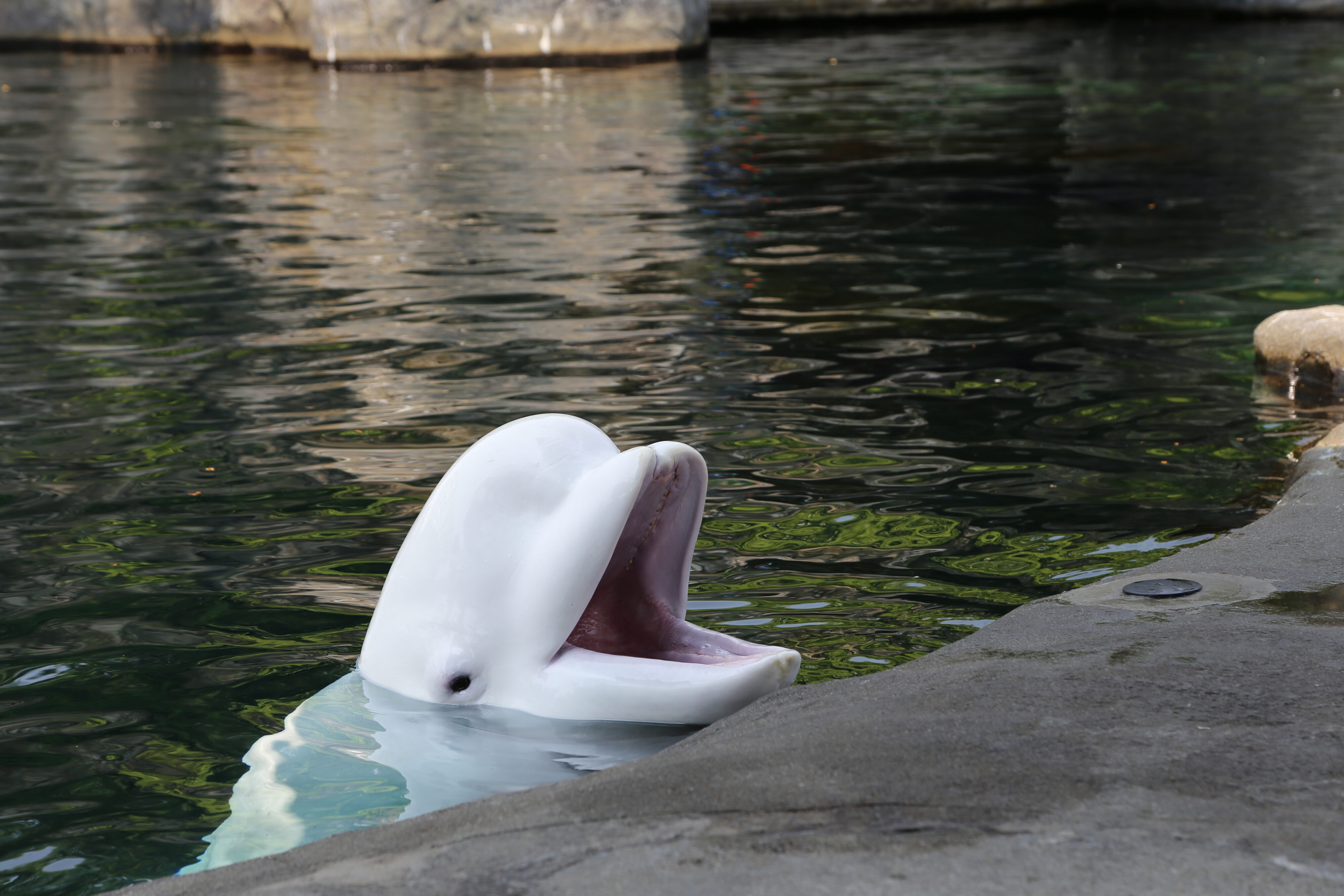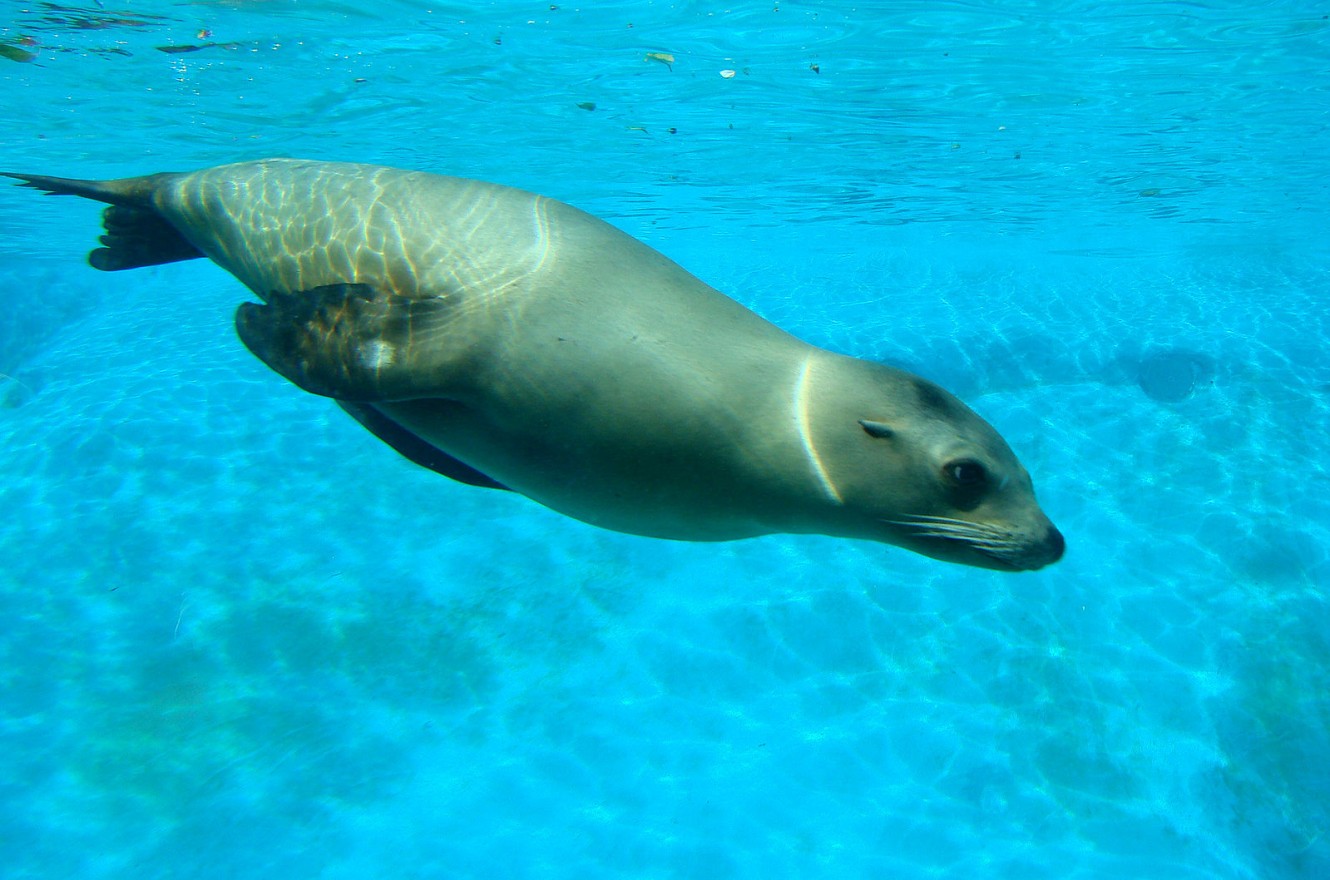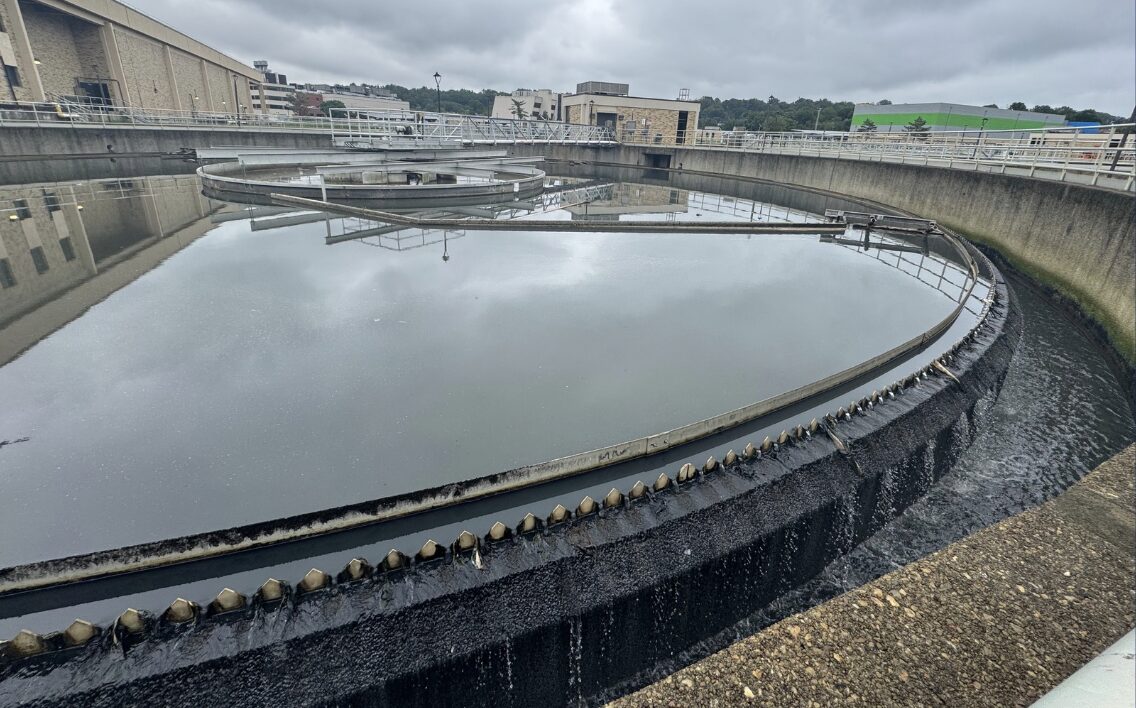Using the California sea lion to shape tomorrow’s ocean transport vessels
Propulsion of today’s ships in the modern world is achieved via a propeller attached to the bottom of the hull. The spinning of the propeller forces the water to move in one direction while the ship glides along in the other. This requires a large amount of fossil fuels, some 380 tons of bunker fuel per day to power the largest tanker ships. These technologies are antiquated and highly inefficient. What will the next generation of water transportation look like? To find the answer, one may not have to look any further than some of the animals in nature that call the sea their home.
Engineering students at the George Washington University in Washington, D.C. are currently trying to answer this question by studying the California sea lion. Sea lions are unique to all other animals in the way in which they swim. They achieve their propulsion via their arms, or fore flippers. They have a three joint flipper, similar to that of the human arm, which they clap together inward toward their body and create a jet which they use to thrust themselves forward. This form of propulsion does not produce a wake; this is called hydrodynamic quietness. This lack of a wake causes them to move very efficiently through the water.
Hours of film of sea lions swimming and doing various maneuvers have been gathered at the local Smithsonian National Zoo. The film was then reviewed by following the same individual points on the flipper from one point in the clapping motion to the next frame by frame. This data was then used to mathematically describe the entire clapping motion. Taking this data and coupling it with the use of advanced 3D mapping and 3D printing systems, prototypes of the flipper are able to be produced. Building a model that integrates the three-joint sea lion flipper with various sensors and motors to independently move the joints gives the ability to study the fluid dynamics that surround the clapping motion.
Studying the fluid dynamics and hydrodynamic forces of the flipper and learning to mimic this motion, could one day lead to a whole new type of aquatic vehicle. Water vessels could be designed using these principles with a form of fore flipper as their main mode of propulsion. Vehicles could be able to maneuver more quietly and not contribute noise pollution that is damaging to animals such as whales. They could be able to glide through the water more naturally, producing no wake and extend their range per fuel input greatly.




















